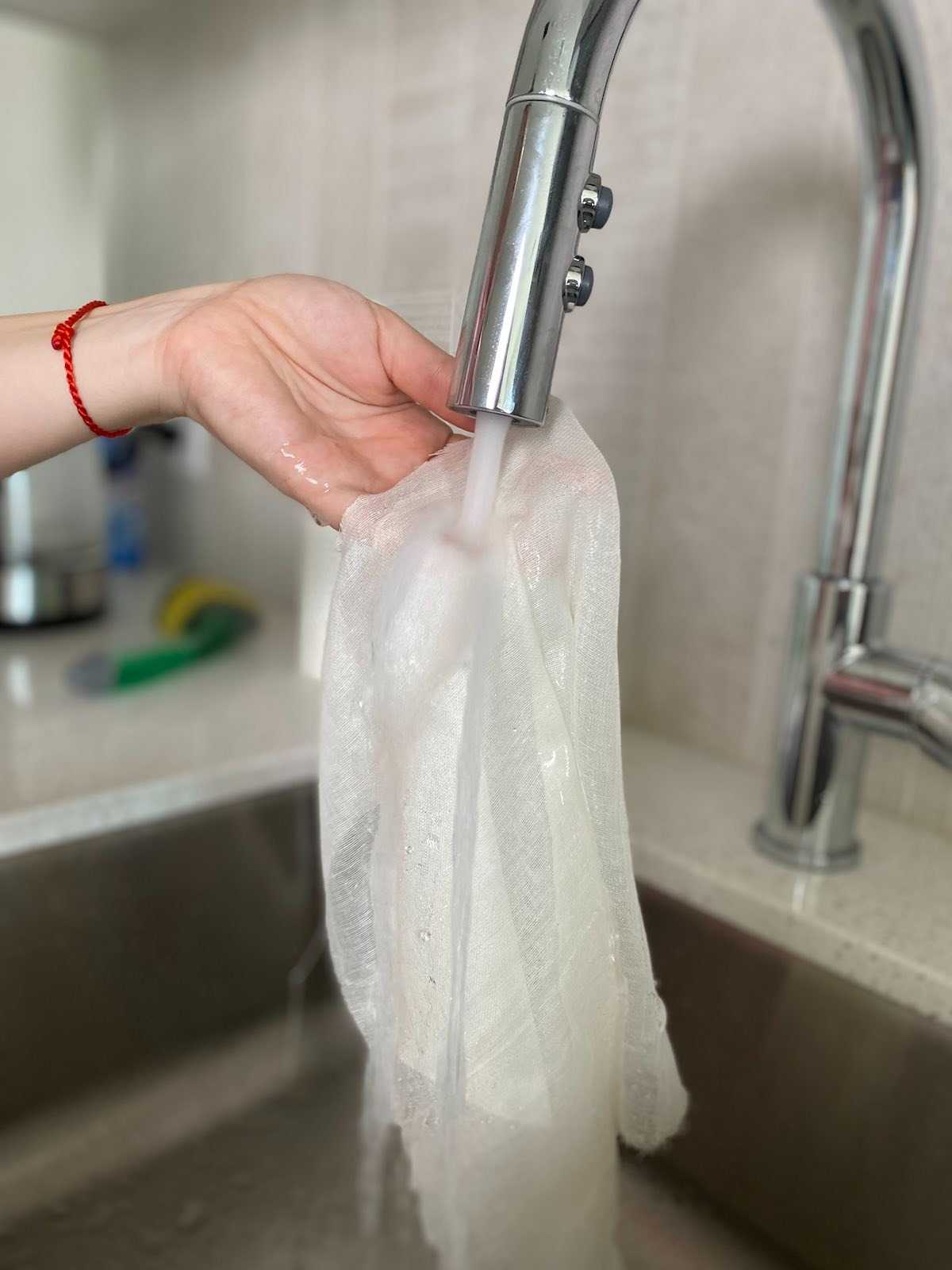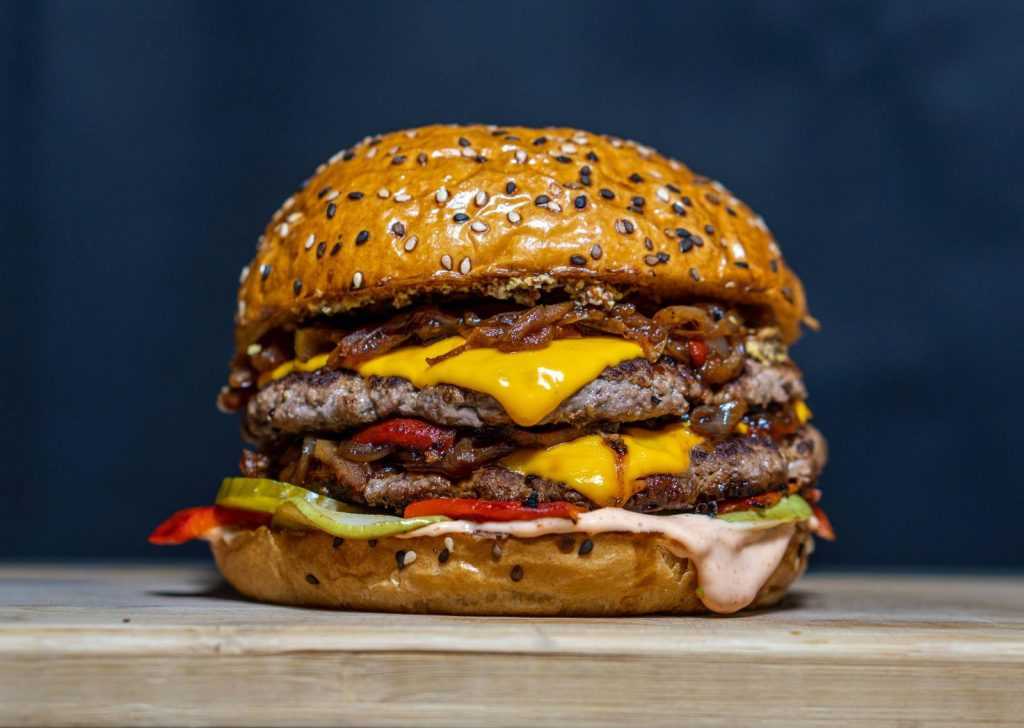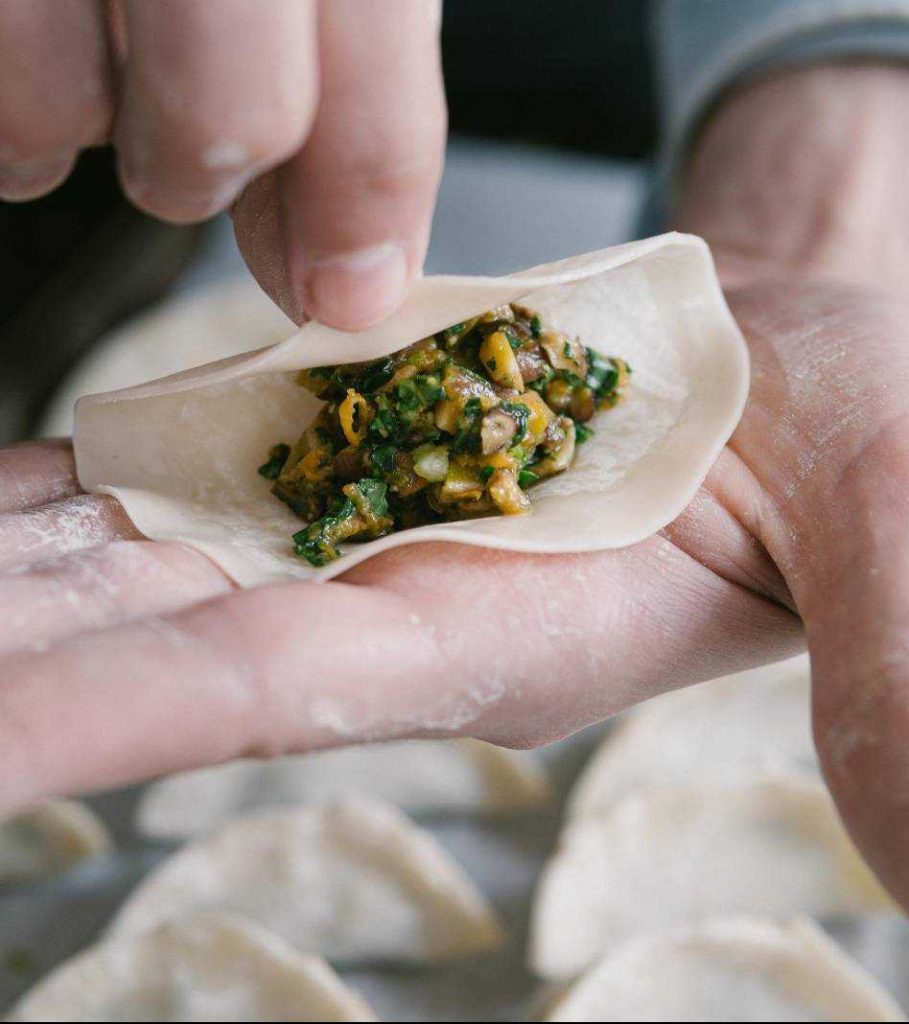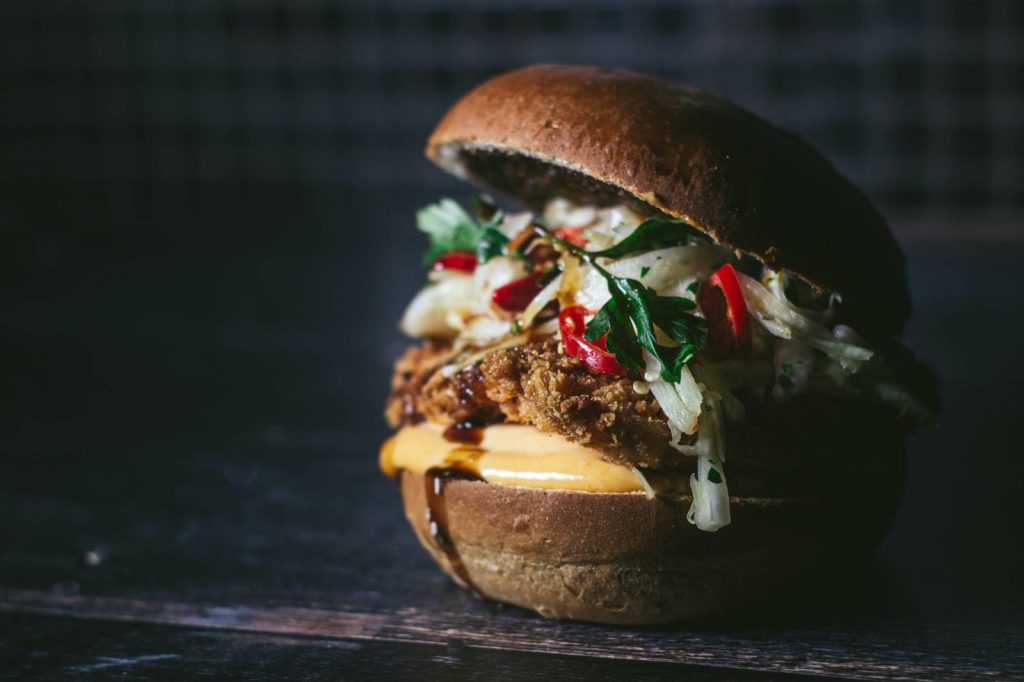How to use cheesecloth in cooking - 6 ways (at least)
It’s this time of the year again, when cheesecloth becomes an increasingly interesting topic. Don’t know what I am talking about? How could a cheesecloth even be interesting, you may ask.
Well… cheesecloth is so much more than just a piece of thin transparent cloth used primarily in medicine to cover wounds. It is actually very useful in cooking and a must have item in any kitchen. Ask any Chef if they have cheesecloth in their kitchen drawer, and 99% will reply – absolutely.
But, first things first.
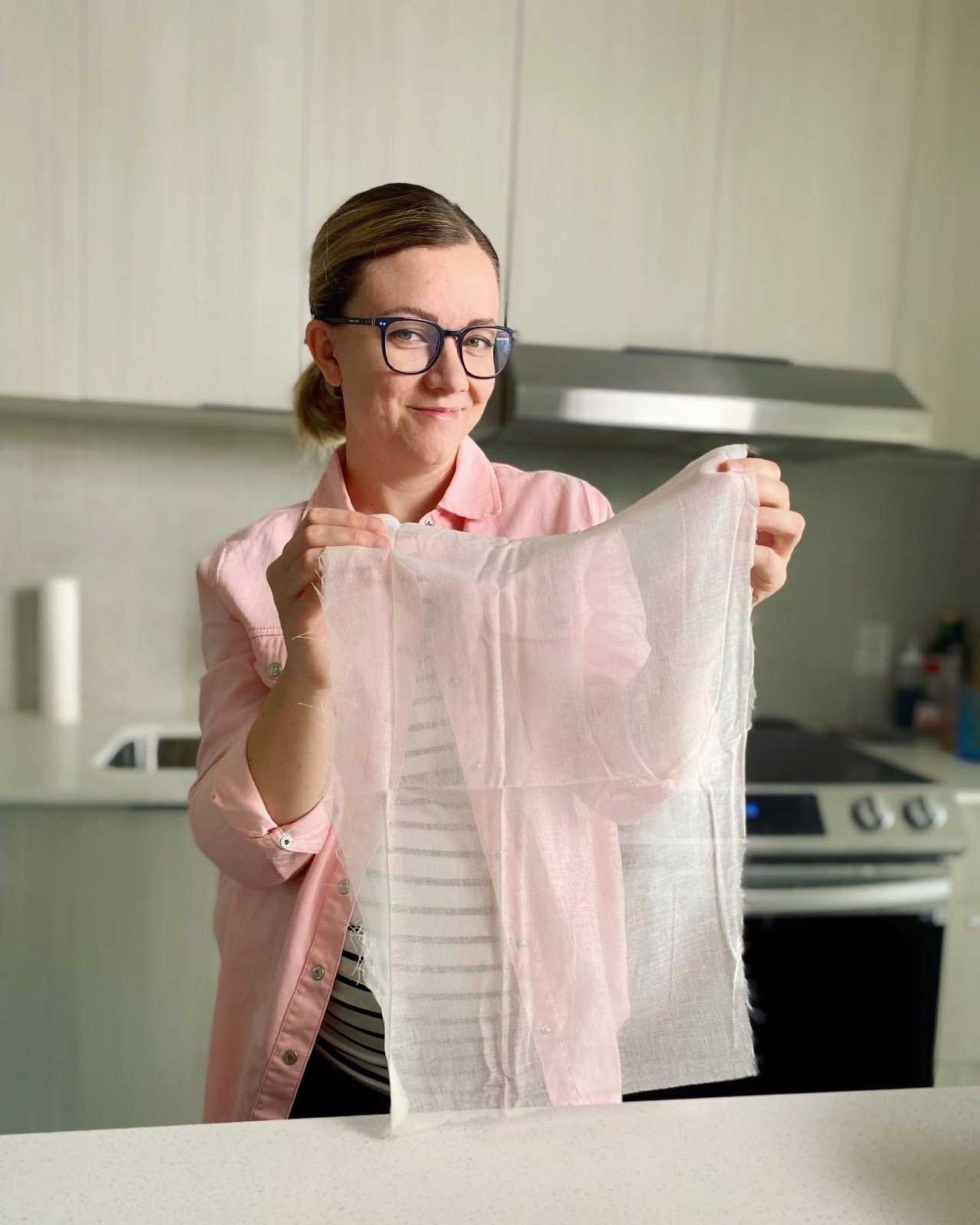
What is cheesecloth?
It is a highly absorbent cotton cloth, traditionally used in cheesemaking.
The number of threads running in each direction per inch determines its grade. There’re 6 cheesecloth weave grades available for purchase. The majority, however, that’s sold for home cooking doesn’t necessarily indicate the grade label, but usually it’s #10, a loose weave grade cheesecloth. The fun part is that you can control how loose or tight it is by simply layering several cheesecloth layers on top of each other, i.e. doubling the thickness of it.
Great! Now we all are on the same page as to what cheesecloth really is. But how would one use it in cooking?
Ways to use cheesecloth in cooking
1. Cheesemaking
As the name suggests, the primary use in cooking is cheesemaking. The exact process would vary on the type of cheese you are making. To illustrate in general terms, let’s have a look at ricotta preparation as an example. First, you would separate cheese curds from the milk whey by adding an acidic liquid to your milk and brining to boil. Once we have a clear separation, second step would be to set up a deep bowl (or a wide jar) with a strainer on top, lined with a piece of cheese cloth, and pour all the liquids inside. It will stop the cheese solids from passing through the strainer and the whey will easily strain through. Add a little salt and put this set up in the fridge overnight. Salt will remove some more liquids from the milk solids in the cheesecloth. Remaining solids are ricotta cheese.
2. Straining (soups, sauces, cheeses, yogurt etc.)
Liquids and solids can be easily separated using cheesecloth. It can be used by cooks to make make plant based milks and strain sauces to make them velvety and smooth, a la nape consistency.
3. Binding herbs
There’re pretty much just 2 ways to bind aromatic herbs for further use in cooking stocks, broths, soups and sauces. These to ways are “bouquet garni” and “sachet”. In case of bouquet garni you’d need to use herbs that could be tied up together with a piece of baker’s twine, i.e. stems of herbs, that would work a little bouquet of herbs. Meanwhile, in sachet method, since you’re creating a small bag of herbs, you have much more options for what herbs and spices to use. The benefit of binding herbs with a cheesecloth in a sachet is that you can use loose herbs and spices, e.g. peppercorns, cloves, etc.
Want to learn more about these technique and master the art of French Sauce making?
Check out my online CULINARY ACADEMY
with an in-depth module of making of each of the 5 Mother sauces of French Cuisine.
What else is cheesecloth is good for?
4. “Feeding” cakes and basting poultry
If you remember, cheese cloth is a highly absorbable type of cloth. So logically, if one soaks cheesecloth in some kind of flavourful rum, wine and some type of fat, and then wraps the food in it, cheesecloth will transfer these flavours to this food items, while preserving them. That’s the principle that cooks use to soak fruit cakes in rum, and baste the Thanksgiving Turkey in wine and fat, making it moist and flavourful.
5. Dusting
This one is new for me. I’ve never actually used it, but it seems kinda genius. Instead of using an ultra-fine small strainer or a special dusting cup for dusting cooking and pies with icing sugar to finish, one can simply put a pc of cheesecloth on top of a container with icing sugar and tie it with an elastic. Et voila! You’ve just DIYed a dusting cup.
6. Wrapping citrus
That’s another cook way to use cheesecloth not so much in cooking itself, but rather in food plating. Many restaurants do this all the time. Just wrap half of your lemon in a piece of cheesecloth, tie nicely, and serve to your guests along side a filet of fish. While squeezing the lemon, cheesecloth will strain the juices through, preventing splashing and seeds from passing through. Very convenient and also adds a nice touch to your plate.
Other uses of cheesecloth in & around the kitchen

Wet
Wet the cheesecloth in some water before straining a sauce. Since it’s highly absorbable cloth, making it wet before using will ensure that it doesn’t absorb any of that pressures sauce while straining.

Control
Control how fine your cheesecloth is by simply layering several layers on top of each other. E.g. if you need to strain your sauce to ultra-fine consistency, use more than 1 layer of cheesecloth.

Don't try to force
Ideally, do not try to force whatever you are straining through the cheesecloth. This may damage the cloth and letting undesirable larger solid particles passing through. Instead, take your time and simply let the liquid strain itself though under the gravitation force. Set up a bowl with a strainer & lined cheesecloth on top (strainer should not touch the bottom of the bowl), pour the liquid inside the cheesecloth, put the set up in the fridge and check back in a couple of hours or a day (like in Ricotta making example). You should have perfectly smooth and velvety liquid be strained though in the bowl and remainder solids left in the cheesecloth.

Don't throw away
Do not throw away used cheesecloth. Wash, sanitize, dry out and it’s good to be used again.
